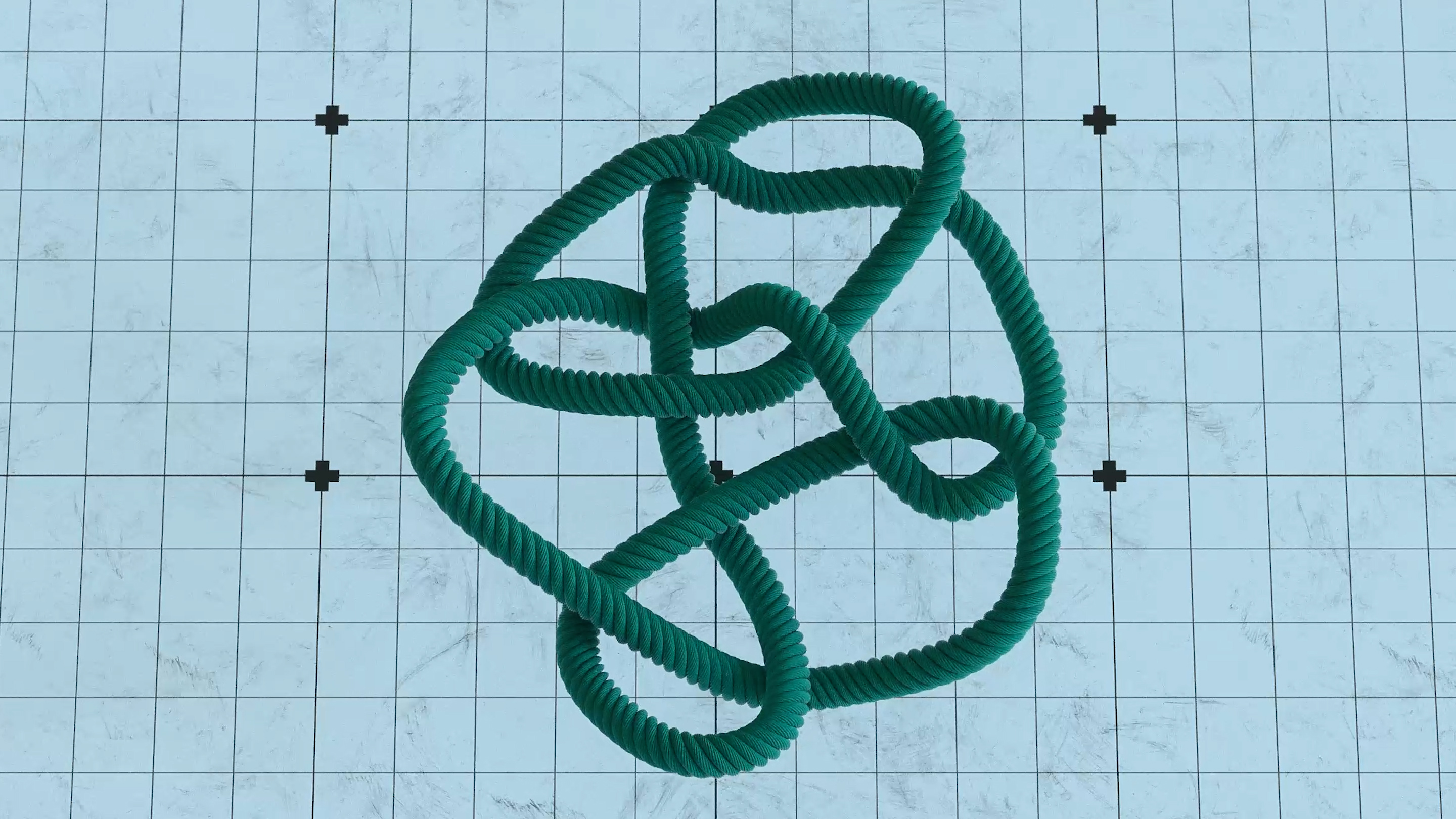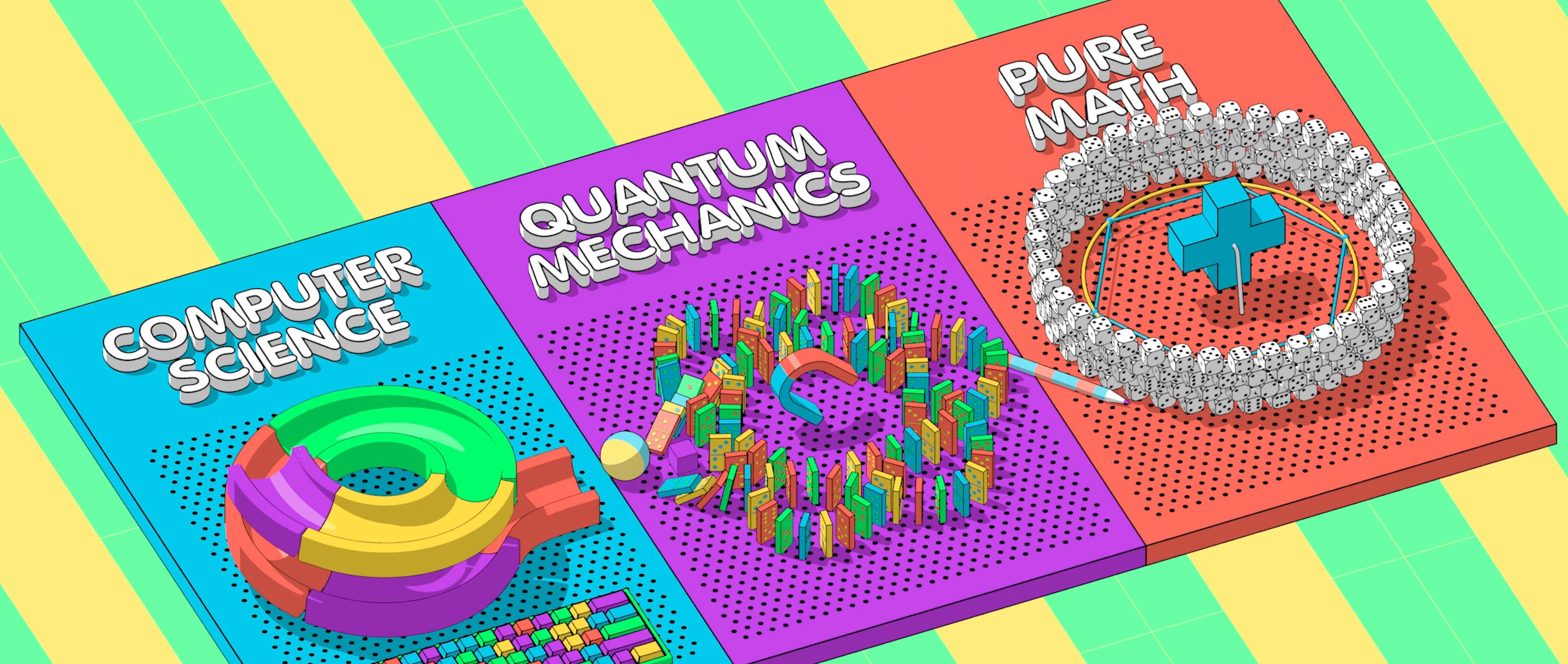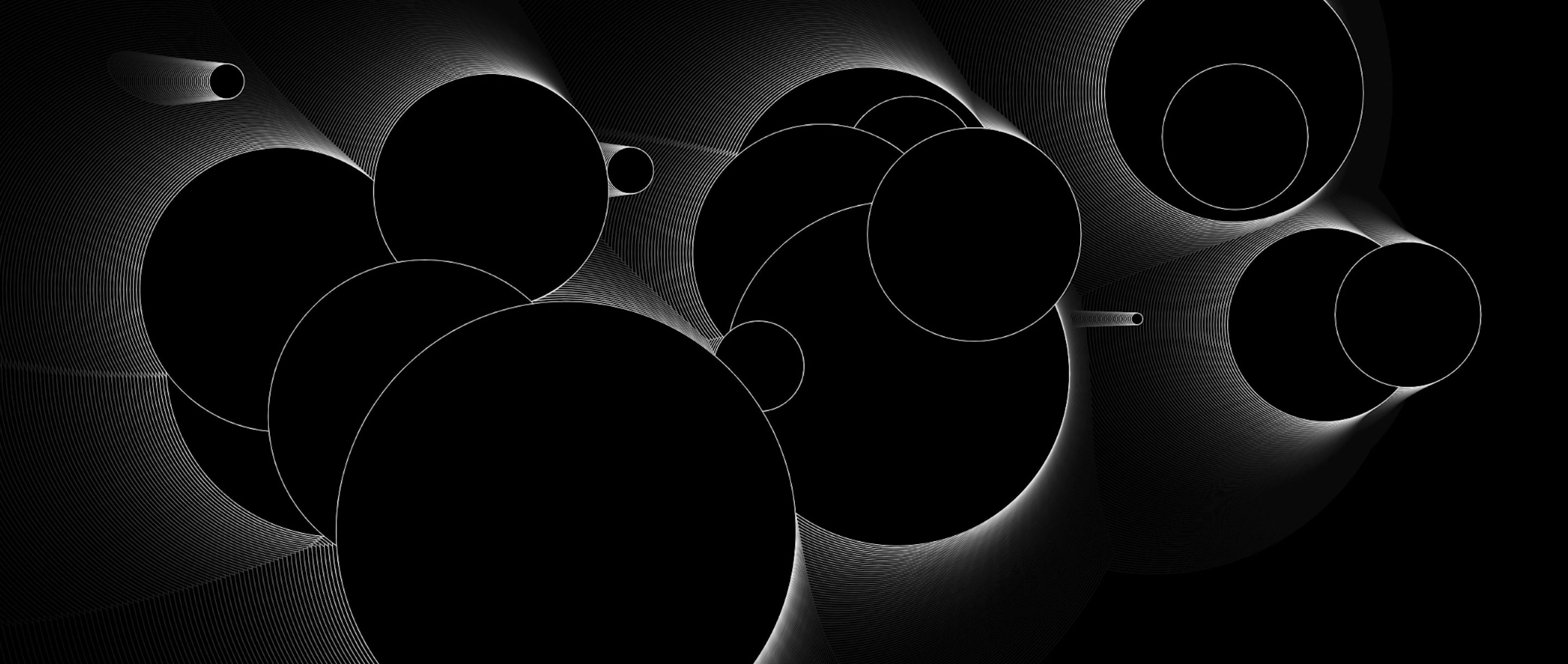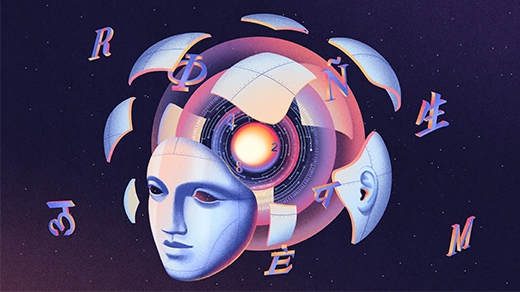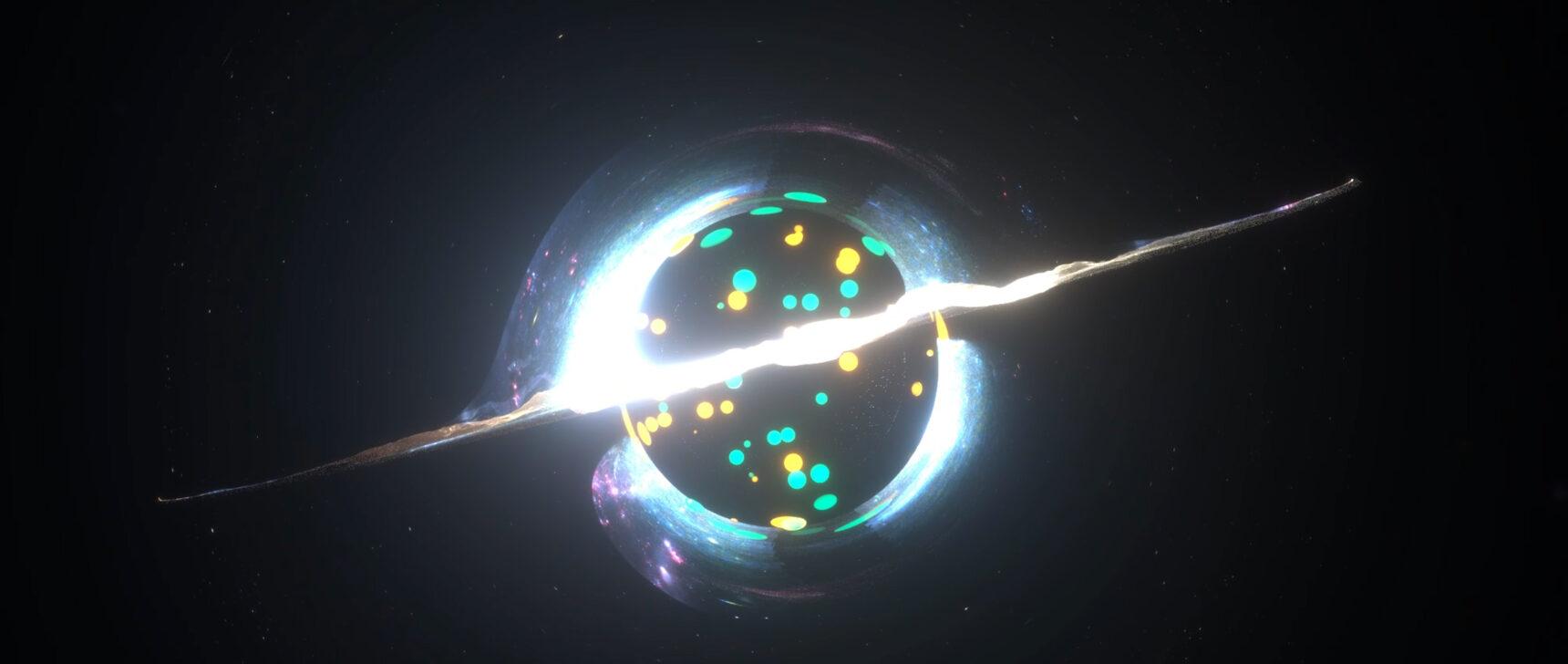Introduction
For mathematicians and computer scientists, 2020 was full of discipline-spanning discoveries and celebrations of creativity. Several long-standing problems yielded to sustained collaboration, sometimes answering other important questions as a happy byproduct. While some results had immediate applications, with researchers improving on the findings or incorporating them into other work, others served for now as inspiration, suggesting that progress is within reach.
Early in the year, Quanta described how five computer scientists established limits on the ability of entangled quantum computers to verify problems. As part of their work, the team also answered long-standing questions in physics and mathematics — much to the surprise of the researchers who had been working on those problems. Another set of collaborations strengthened a far-reaching bridge connecting distant areas of mathematics. Known as the Langlands correspondence, the conjectured bridge offers hope of deepening our understanding of many subfields of mathematics.
This year we also explored mathematicians’ growing familiarity with geometric constructs, examined how computer programs are helping mathematicians with their proofs, and surveyed the current state of mathematics and its problems. But not all the news this year was welcome: the spread of COVID-19 complicated the research of working mathematicians, who increasingly rely on collaboration to push the field forward. The pandemic also claimed the life of the great mathematician John Conway about a month before we broke the news that a graduate student had solved a famous problem involving his signature knot.
Computer Science Branches Out
Occasionally, a scientific result is so important, multiple disciplines are forced to take notice. Such was the case in January with a landmark proof simply titled “MIP* = RE.” Written by five computer scientists, the paper establishes that quantum computers calculating with entangled qubits can theoretically verify the answers to an enormous set of problems. Along the way, the researchers also answered two other major questions: Tsirelson’s problem in physics, about models of particle entanglement, and a problem in pure mathematics called the Connes embedding conjecture. Of course, for researchers whose work involved this conjecture — which states that infinite-dimensional matrices can always be approximated with finite ones — abruptly learning from an outside paper that it’s false was quite a shock. Mathematicians must now revisit other assumptions relating to these matrices, while hurriedly learning enough computer science to understand the paper.
Computer scientists also triumphed this year in dealing with the famous traveling salesperson problem, which concerns how to find the shortest round trip for any collection of cities. In July, three computer scientists used a mathematical discipline called the geometry of polynomials to show that a modern algorithm is guaranteed to be at least infinitesimally more efficient than the long-standing best method. A difference of at least “0.2 billionth of a trillionth of a trillionth of a percent” might not sound like much, but it proved that progress is indeed possible on a problem that’s lingered for decades.
Daniel Castro Maia for Quanta Magazine
Exploiting the Links in Mathematical Ideas
The proof of Fermat’s Last Theorem nearly three decades ago was lauded by math journals and newspapers around the world. But it was also just the beginning of a larger effort. The theorem established a kind of bridge between distant mathematical continents, with certain algebraic equations on one side and a kind of symmetric organization of geometric tilings on the other. Known as the Langlands correspondence, this bridge received major upgrades when two papers dramatically expanded the kinds of equations and tilings that are now connected and eliminated long-standing barriers to further expansions. “There are some fundamental number-theoretic phenomena that are being revealed, and we’re just starting to understand what they are,” said Matthew Emerton of the University of Chicago.
In other number news, Vesselin Dimitrov used another well-known bridge — connecting polynomials to power series — to quantify exactly how certain numerical solutions to polynomials work to geometrically repel each other. Quanta also explored the power of representation theory, which shows the links connecting complicated objects called groups with the much simpler concept of matrices. All of these results show the importance of considering existing mathematical ideas in new contexts in order to figure out if a problem is even currently solvable. The Oxford mathematician James Maynard, for example, regularly spends time attacking famously difficult problems and has stubbornly refused to accept defeat, instead wresting new insights from the gaps between prime numbers.
The Shape of Things
Many mathematical questions don’t have real-life consequences, but in March, Quanta took on no less than the geometry of the universe itself. Our exploration of the mind-bending prospects of living in flat, spherical and hyperbolic geometries (the most likely options given current data) revealed a hall-of-mirrors existence where you see infinite copies of yourself, or a world where companions grow larger as they move away. While certain clues suggest our universe is likely to be a flat one, it could be that it only seems flat, just as the Earth appears self-evidently flat when you’re standing on it.
On a less cosmic front, two mathematicians finally cracked an old problem in May about what kind of rectangles can be found by connecting points on a smooth and continuous closed loop. By reimagining the possible rectangles as collections of points within a special version of four-dimensional space, the pair found that all such loops contain sets of points that define rectangles of any desired proportion. Also in May, a trio of mathematicians resolved a basic question about the dodecahedron (a 12-sided object that, to our columnist Robbert Dijkgraaf, exemplifies a form of mathematical beauty). They showed that it is indeed possible to trace a round trip over the surface of the shape starting at one of the corners without passing through any others — in fact, they found that an infinite number of such paths exist.
BakaArts for Quanta Magazine
Computers Invade Mathematics
For decades, mathematicians have used computer programs known as proof assistants to help them write proofs — but the humans have always guided the process, choosing the proof’s overall strategy and approach. That may soon change. Many mathematicians are excited about a program called Lean, an efficient and addictive proof assistant that could one day help tackle major problems. First, though, mathematicians must digitize thousands of years of mathematical knowledge, much of it unwritten, into a form Lean can process. Researchers have already encoded some of the most complicated mathematical ideas, proving in theory that the software can handle the hard stuff. Now it’s just a question of filling in the rest.
One major test for the software could come next year at the International Mathematical Olympiad, or IMO. Daniel Selsam of Microsoft Research has founded the IMO Grand Challenge, which hopes to develop an artificial intelligence, using Lean, that can win a gold medal at the math competition. We’re still a long way from computers replacing humans, of course, and many mathematicians still don’t fully embrace these programs. But computers are now mainstream in mathematical research, with their sheer computing power proving essential for answering certain kinds of big questions, such as whether multidimensional squares must precisely share edges.
Back to Basics
If you’re interested in math, but you can’t tell a Calabi-Yau manifold from a finite field, perhaps our Map of Mathematics can help. Organized around three starting points — numbers, shapes and change — the map provides a crash course in the current state of mathematics, as understood and practiced by mathematicians. While it’s obviously not a comprehensive look at the subject, our biggest goal was to illustrate not just the most important mathematical concepts, but also their relationships to one another.
Other potentially helpful dives into fundamental mathematical ideas include an explanation of Gödel’s incompleteness theorems, which proved that all mathematical systems have some unprovable statements, and a discussion of how the alternative number systems known as the p-adic numbers work and why they’ve proved so helpful for understanding rational numbers.
Ian MacLellan for Quanta Magazine
The Legacy of John Conway
Successful mathematicians are often creative individuals, capable of spotting new connections and finding new approaches to old problems. In February, the Annals of Mathematics published a proof by Lisa Piccirillo, who had dusted off some long-known but little-utilized mathematical tools to answer a decades-old question about knots while still a graduate student. A particular knot named after the legendary mathematician John Conway had long evaded mathematical classification in terms of a higher-dimensional property known as “sliceness.” But by developing a version of the knot that yielded to traditional knot analysis, Piccirillo finally determined that the Conway knot is not “slice.”
Unfortunately, Conway himself died of COVID-19 in April, and his wife confirmed in our comments section that he didn’t know about Piccirillo’s result. Conway’s own contributions extended far beyond knot theory — he enriched group theory, number theory, analysis and more, while always delighting in games and puzzles. Quanta paid tribute to him with our October Insights puzzle, which included a numerical riddle he invented and other games based on or inspired by his work.
